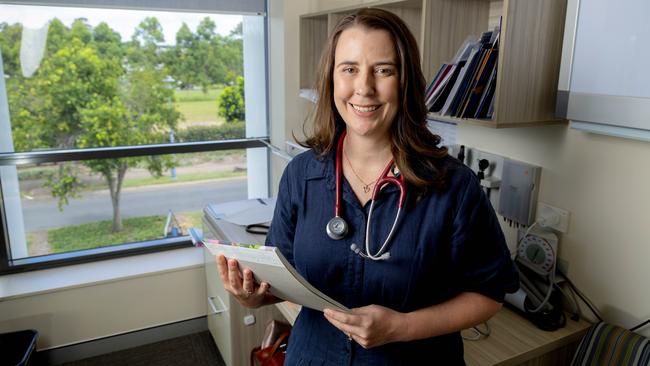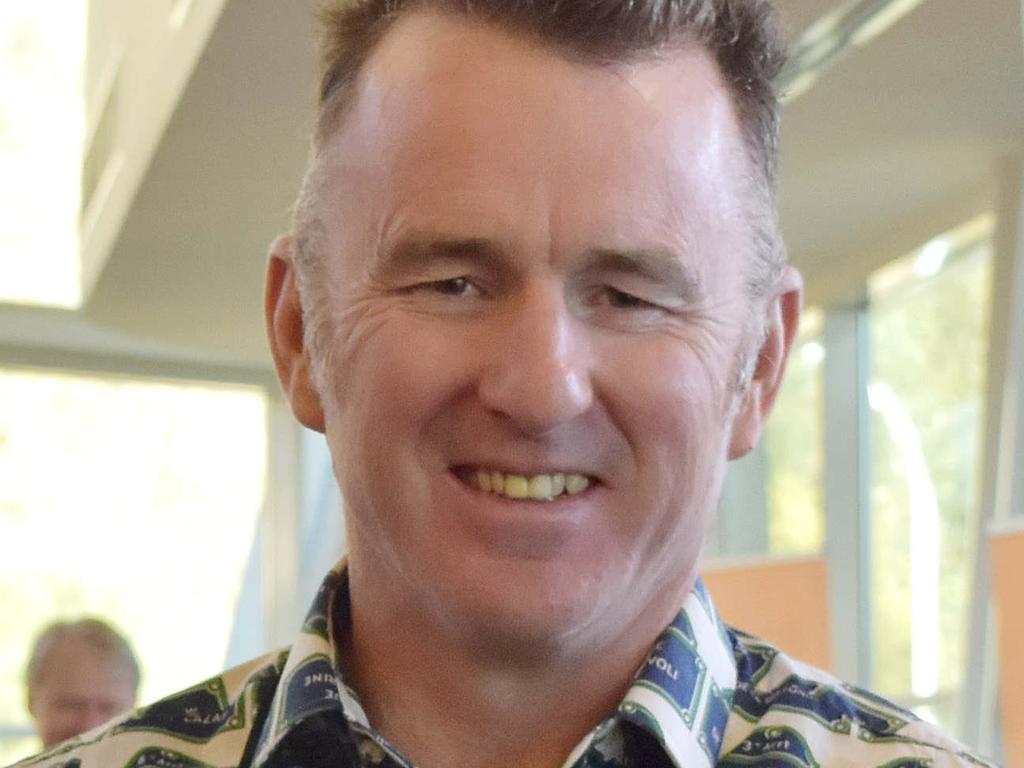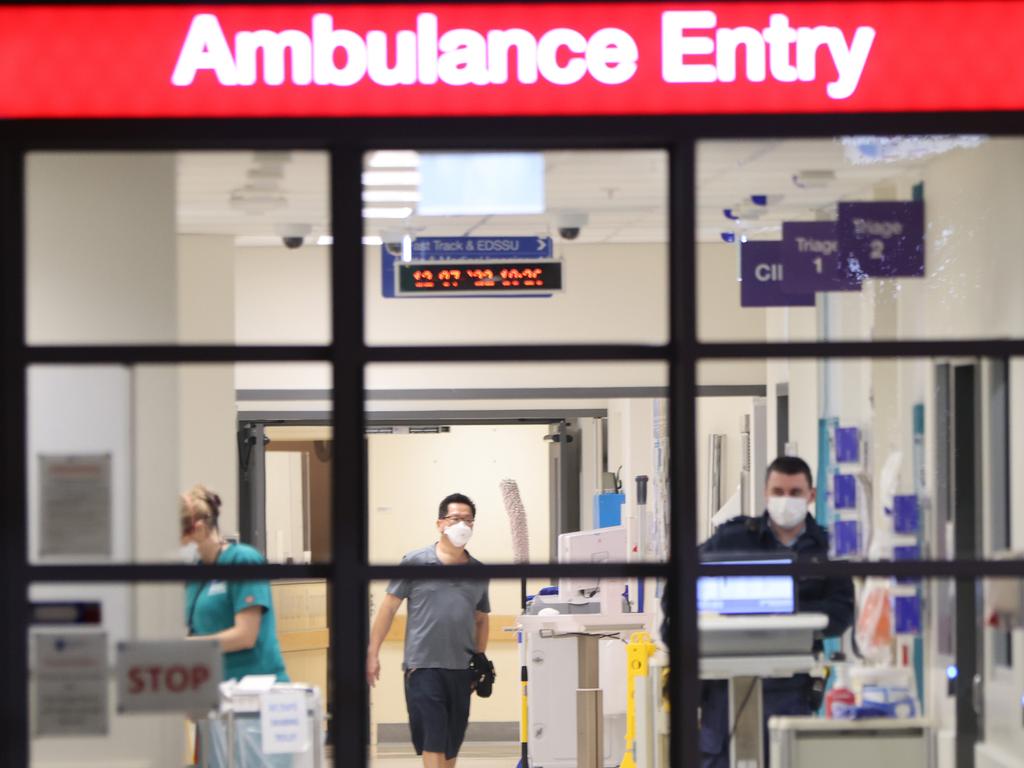Ominous signs for public hospitals as long-term declines reach critical levels
Patients with chest pain, severe respiratory distress and acute stroke languish for hours in emergency departments while those needing cardiac surgery frequently wait months.

The performance of Australia’s hospitals is in critical long-term decline, with timely elective surgery and emergency department waiting times still having failed to recover following the Covid-19 pandemic.
The Australian Medical Association’s yearly Public Hospital Report Card shows that despite some improvements nationwide in certain categories of emergency department and elective surgery performance, and an overall increase in hospital beds, the performance of Australian public hospitals is still well below what it was before the pandemic.
And the longer-term trends are even more devastating, with public health systems fundamentally failing to meet the needs of an ageing population and the number of hospital beds per head of population for those aged over 65 the lowest on record.
“While we’ve seen a slight uptick this year, five-year trends show our hospitals buckling under increasing pressure,” said AMA president Danielle McMullen. “The stories I hear from colleagues are that they are working harder and harder to support a seemingly endless tide of patients needing care.”
The extent of the resourcing crisis facing state governments is made particularly stark in the 2025 public hospital report card, which shows that despite a substantial increase in beds, the investment still failed to keep up with overall population growth and changing demographics. People aged over 65 represent 17 per cent of Australia’s population but account for 40 per cent of instances of care in public hospitals and almost 50 per cent of patient days occupying beds.
The nation added 1607 public hospital beds in 2022-23, the latest period for which data is available, largely in NSW and Victoria.

“However, the benefits of these increased numbers are largely offset by Australia’s changing population,” the report states. “Despite 1932 new beds being made available between 2018-19 to 2022-23, the number of beds per 1000 Australians has fallen from 2.53 to 2.50. Further investment in hospital capacity is required every year of a similar size to 2022-23 to arrest the long-term decline in beds per capita.”
The number of beds per 1000 Australians aged over 65 is now the lowest on record at 14.3. It was more than double that in the early 1990s.
The small improvements in emergency department and elective surgery indicators have been welcomed by the AMA. These include improvements in the percentage of patients triaged as emergency being seen on time in EDs, an increase in the proportion of category 2 planned surgery patients being seen on time, and a drop in the median waiting time for planned surgery in some states.
But performance during 2023-24 across all indicators remained markedly worse than it was five years ago across all states and territories, raising fears that Australian public hospitals may never fully recover from the Covid-19 pandemic.

Those waiting too long for emergency department care and planned surgery include patients with severe health conditions. Nationwide, a third of all category 2 emergency department patients – whose conditions are triaged as health emergencies – had their treatment completed within the benchmark time frame of four hours.
“These are not patients with cuts and bruises,” Dr McMullen said. “ED patients who are
triaged as category 2, “emergency”, should be assessed and begin receiving treatment within 10 minutes. These are patients presenting with chest pain (likely of cardiac nature), severe respiratory distress, or acute stroke.”
Similarly, those waiting too long for elective surgery also included those on the category 2 list who needed heart valve replacements and surgeries to remedy congenital heart defects. Only 71 per cent of these patients had their surgery within 90 days, according to the latest data, a steep reduction from 83 per cent pre-pandemic. “These are not patients who can afford to wait,” Dr McMullen said.

While the focus leading up to the imminent calling of a federal election has been on bulk billing and primary care, long-term arrangements for the funding of public hospitals are hanging in the balance, with the commonwealth and states having failed to sign off on the next National Health Reform Agreement, forcing an interim 12-month stopgap deal.
The AMA report highlights the tensions involved, with state governments carrying the load of overburdened hospitals that are running near or at capacity across the nation, impeding the ability to make performance improvements and clear waiting lists.
Although the federal government has agreed to fund 45 per cent of all public hospital activity in a future national funding agreement as well as lift the cap on its contribution, the state and territories cannot benefit from this commonwealth commitment without increasing the capacity of their hospitals.
Workforce shortages also loom as a critical threat to public hospitals. The AMA is calling for the creation of an independent national health workforce planning agency to address this crisis.





To join the conversation, please log in. Don't have an account? Register
Join the conversation, you are commenting as Logout